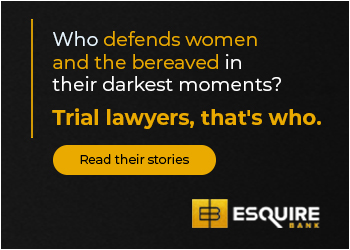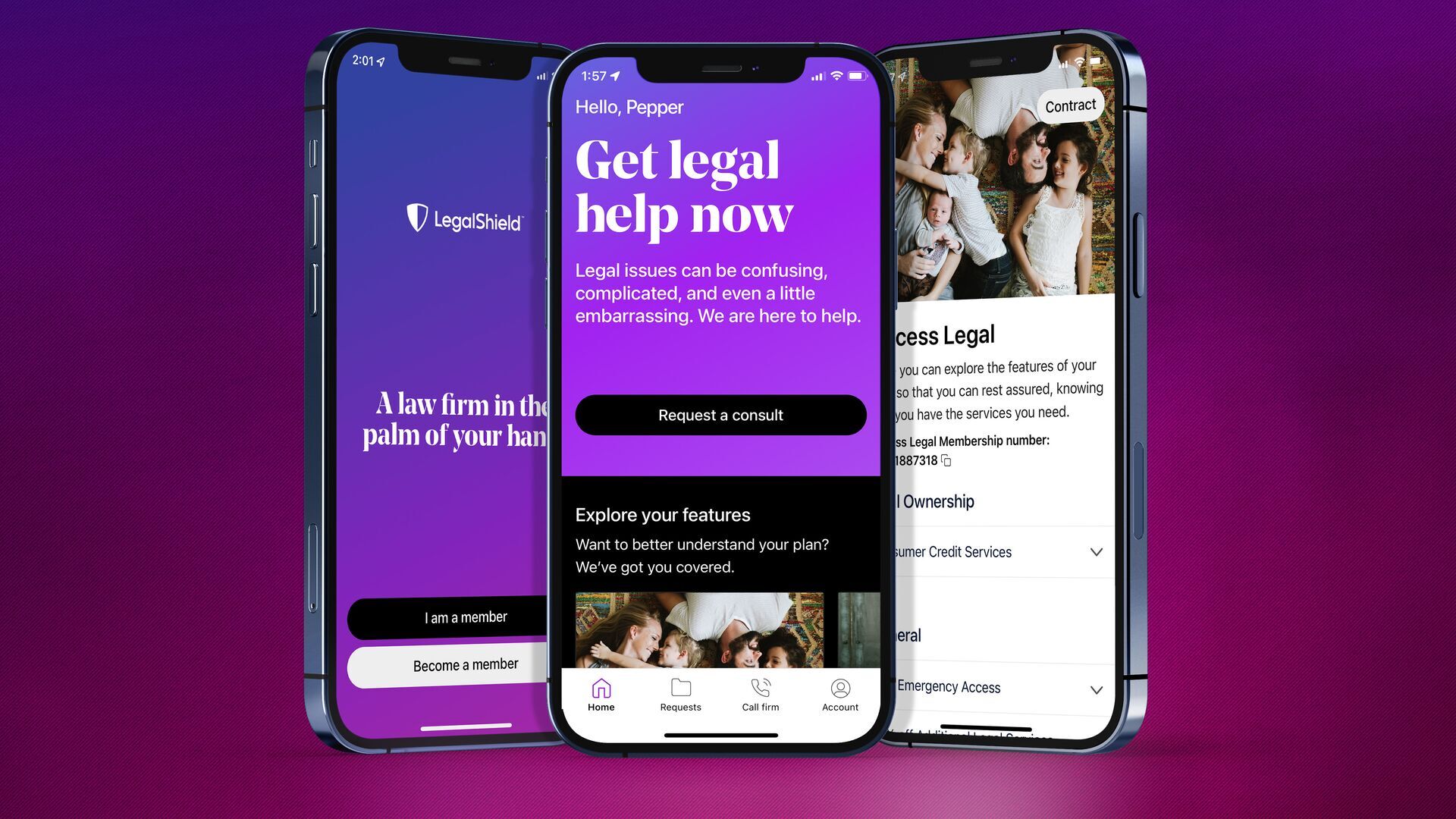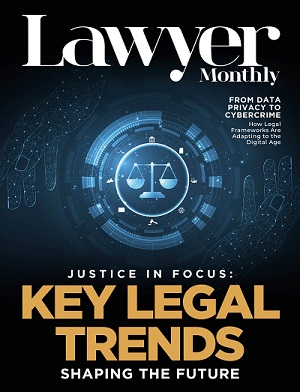Death of South Korean Actor Kim Sae-ron Sparks Calls for Change in Social Media Culture.
The recent death of South Korean actor Kim Sae-ron, at just 24 years old, has ignited a passionate conversation about how celebrities are treated in South Korea's media and social platforms. Kim's passing, found by a friend at her Seoul home on Sunday, has deeply impacted both fans and the public, as they reflect on the pressures faced by young stars. The National Police Agency has confirmed there is no suspicion of foul play, and no suicide note was discovered.
Kim Sae-ron's career began early. She starred in her first film, A Brand New Life, at the age of 9. Her breakout role came in the 2010 crime noir The Man from Nowhere, where she garnered praise for her portrayal of a young girl caught in a dangerous world. As one of the brightest stars in the Korean entertainment scene, Kim’s future seemed limitless.
However, in 2022, a drunk driving incident led to a fine and marked the beginning of a downward spiral for the actress, as she struggled to find steady work thereafter. The relentless public scrutiny, particularly in social media platforms and online news outlets, intensified her hardships.
Kim was often criticized for her personal life choices, such as socializing with friends or expressing dissatisfaction with her career, and even received backlash for smiling while filming an independent project. This relentless negative coverage ultimately painted a portrait of an actress battling against a system that seemed unforgiving, particularly toward women in the spotlight.
The tragic event has triggered widespread discussions about the toxic nature of South Korea's media, which critics argue has contributed to a harsh, zero-tolerance culture surrounding its celebrities. The 2019 deaths of K-pop stars Seol-li and Goo Hara, as well as actor Lee Sun-kyun's suicide in 2023, have further amplified the urgency of reassessing the treatment of public figures. Major South Korean newspapers, such as Hankook Ilbo, have called out the media for exacerbating the issue, as they continue to exploit Kim's struggles even after her death, often sensationalizing her personal problems in headlines for clicks.
The media watchdog, Citizens’ Coalition for Democratic Media, has also criticized news outlets for focusing on social media’s role in the harassment of celebrities, without taking responsibility for their own provocative and sensational reporting. The issue of how media outlets portray celebrities, especially in moments of weakness, has become a focal point of the broader conversation about mental health in the entertainment industry.
In light of Kim’s passing, many are calling for structural changes to reduce the online harassment of public figures. There are growing calls to create more accountability for both the media and social media platforms, which contribute to the growing pressures that stars, like Kim Sae-ron, face in an increasingly online world.
Kim Sae-ron: A Glimpse Into Her Life and Career
Kim Sae-ron was born in 2000 in South Korea, growing up in a family that supported her pursuit of acting from a young age. Her career began when she was just 9 years old, with her first significant role in the 2009 film A Brand New Life, where she played a young girl adjusting to life in an orphanage. This role set the stage for a successful career in both film and television. She became a household name after starring in The Man from Nowhere, a film that not only became a box-office success but also earned her a domestic acting award.
Her career continued to blossom with numerous roles across various television shows and movies, including a string of critically acclaimed performances. Despite her growing fame, Kim’s career began to falter following the 2022 drunk driving incident, which led to public outcry and a fine. From that point onward, her opportunities in the entertainment industry dwindled, and she found herself in the media spotlight for all the wrong reasons.
Outside of her professional life, Kim had a family who supported her career, but her struggles with the pressures of fame, particularly those amplified by social media, were well-documented. While her career trajectory was cut short, Kim’s achievements in film and television remain a testament to her talent and potential.
As for her net worth, the exact figure remains unclear, but it is believed that her successful acting career, despite its decline, would have left her with a moderate fortune. In terms of legal issues, the drunk driving incident in 2022 was her most notable run-in with the law, after which she faced significant media backlash. As for health concerns, while there were no public reports of physical ailments, Kim’s mental health was clearly impacted by the intense public scrutiny she endured.
Kim Sae-ron’s untimely passing has sparked important conversations about how celebrities, especially women, are treated in the public eye and on social media platforms. It highlights the need for a cultural shift and greater responsibility on the part of the media to protect the mental health and privacy of those who entertain the world.
The Struggles of High-Profile Celebrities: Harassment, Legal Battles, and Mental Health Challenges
Many high-profile celebrities have faced harassment and legal challenges, with the pressures of social media amplifying their struggles. Britney Spears endured intense media scrutiny and harassment throughout her career, leading to a public mental health crisis and a highly publicized conservatorship battle.
For years, she was subject to invasive paparazzi coverage and public judgment, which sparked widespread conversations about celebrity privacy and mental health. Meghan Markle, the Duchess of Sussex, has been a vocal advocate for mental health awareness, citing the harassment and constant negative media attention as significant factors contributing to her struggles with anxiety and depression.
Her legal battles, including a lawsuit against a UK tabloid for publishing a private letter, further exposed the dark side of celebrity culture.
Amber Heard has also faced relentless social media harassment during and after her highly publicized legal battles with ex-husband Johnny Depp. Despite winning a defamation case, the harassment she endured on platforms like Twitter and Instagram led to significant emotional distress and legal action.
Kanye West has also been at the center of public scrutiny, facing both online harassment and legal battles, particularly in the wake of his controversial social media posts and erratic behavior. These cases highlight the intersection of social media harassment, legal issues, and the toll on celebrities' mental health.
Navigating the Future: Social Media, Celebrities, and Online Harassment.
The future of social media, celebrities, and harassment is complex and evolving. As social media platforms continue to grow, they remain a double-edged sword for celebrities. On one hand, they offer direct engagement with fans, the ability to shape their own narratives, and broader influence. On the other hand, the accessibility of these platforms often leads to harmful harassment, unrealistic expectations, and an overwhelming sense of public scrutiny.
For celebrities, the future likely involves navigating the growing divide between the benefits of personal branding and the risks of online abuse. Celebrities may increasingly rely on more controlled forms of engagement, such as exclusive platforms or closed social media spaces, to protect their mental health. We might see further celebrity-driven initiatives that promote mental health awareness and responsible media consumption.
To combat online harassment, stricter regulations could be introduced by governments, alongside social media companies implementing stronger monitoring tools. Platforms like Twitter and Instagram are already working on AI-based solutions to detect and filter out hate speech and harmful comments. However, more comprehensive solutions are needed to address the root causes of online bullying, which often stem from the anonymity and lack of accountability on these platforms.
In terms of legislation, there may be calls for stricter laws around online harassment, including harsher penalties for perpetrators and measures to hold social media companies accountable for allowing abusive content to proliferate. Celebrities and public figures can also advocate for more transparent and ethical reporting from media outlets, pressuring them to prioritize mental health over sensationalism.
As conversations about digital responsibility and mental health evolve, the future of social media will likely include more sustainable and respectful interactions, benefiting both public figures and everyday users alike.
Current Social Media Laws in the US and UK: Addressing Harassment and Online Abuse
The rise of social media has transformed the way we communicate, but it has also brought new challenges in terms of online harassment, privacy concerns, and the spreading of harmful content. Both the United States and the United Kingdom have implemented laws and regulations to tackle these issues, but the legal frameworks differ significantly between the two countries. This article will explore the current social media laws in both nations, with a special focus on online harassment and the steps being taken to protect individuals from abuse.
Social Media Laws in the United States
In the US, the legal landscape for social media platforms is largely shaped by Section 230 of the Communications Decency Act (1996). This landmark law protects social media companies from being held liable for the content posted by their users. Section 230 grants platforms broad immunity, which has been crucial in the growth of companies like Facebook, Twitter, and Instagram. However, this provision has sparked ongoing debates, with critics arguing that it allows platforms to avoid responsibility for harmful content, including harassment, hate speech, and misinformation.
While Section 230 provides immunity, there are other regulations that address specific concerns:
-
Children’s Online Privacy Protection Act (COPPA) (1998): This law restricts how online platforms collect and use personal data from children under 13. It requires parental consent before collecting information from children and imposes penalties on companies that violate these rules.
-
FOSTA-SESTA (2018): The Allow States and Victims to Fight Online Sex Trafficking Act (FOSTA) and Stop Enabling Sex Traffickers Act (SESTA) amend Section 230 to hold platforms accountable for content related to sex trafficking and prostitution. This law has been especially important in addressing online exploitation.
When it comes to online harassment, various states have passed laws to address cyberstalking and harassment on social media platforms. These laws criminalize actions such as sending threatening or abusive messages online. For example, California’s anti-cyberbullying laws make it illegal to use electronic communications to harass, threaten, or harm others. Other states, such as Texas and New York, have similar laws that criminalize online harassment, especially when it involves threats, defamation, or persistent bullying.
However, the challenge in the US is that online harassment is not uniformly regulated across the country, with each state having its own laws and standards.
Social Media Laws in the United Kingdom
In contrast, the UK has introduced more comprehensive legal frameworks to regulate online behavior, with a focus on protecting users from harmful content, including harassment and hate speech. A significant recent development is the Online Safety Bill, which aims to hold social media companies accountable for the content shared on their platforms. The bill focuses on creating a duty of care for platforms, meaning that they must take steps to protect users from harmful content, including bullying, abuse, and misinformation.
Under the Online Safety Bill, platforms will be required to take more proactive measures to prevent online harassment and remove harmful content. If they fail to comply with these measures, they could face fines of up to 10% of their annual global turnover. Additionally, the bill focuses on the protection of children, ensuring that social media platforms take appropriate steps to safeguard young users from harmful online interactions.
The UK also has several other laws that address online harassment, including:
-
The Communications Act 2003: This law makes it an offense to send grossly offensive or threatening messages online. Those found guilty of sending such messages can face criminal charges.
-
Malicious Communications Act 1988: This act criminalizes the sending of messages that are offensive, indecent, or threatening. It has been used to prosecute individuals who engage in online harassment, particularly via social media.
-
The Defamation Act 2013: This act allows individuals who believe they have been defamed online to pursue legal action. Social media platforms can be held liable for publishing defamatory content, although they are often required to remove content once they are made aware of it.
-
The Terrorism Act 2006: Under this law, social media platforms are required to remove terrorist content, including extremist material that could incite violence or terrorism.
The UK’s legal approach to online harassment is more proactive than the US’s, focusing on ensuring that platforms take responsibility for the content hosted on their sites. However, critics of the Online Safety Bill argue that it may inadvertently stifle free speech or lead to over-censorship.
Comparing the Two Legal Frameworks
One of the key differences between the US and the UK is the approach to free speech. In the US, the First Amendment guarantees the right to free speech, which complicates efforts to regulate online content without infringing on this constitutional right. This often makes it more challenging to enforce laws against harassment, as platforms may argue that removing content infringes on users' rights to express themselves.
In contrast, the UK places more emphasis on the responsibility of platforms to ensure that harmful content is removed, particularly in light of the Online Safety Bill. The UK’s laws provide clearer guidelines for dealing with online harassment, with penalties for non-compliance. However, these laws also raise concerns about balancing free speech with the need to protect individuals from harm.
As social media continues to play an increasingly prominent role in daily life, both the US and the UK are grappling with how to balance free speech with protecting users from harassment and abuse. While the US has strong free speech protections through Section 230, there are growing calls for more accountability from social media companies. On the other hand, the UK’s Online Safety Bill offers a more structured approach, but it also presents challenges related to censorship and free expression.
Ultimately, online harassment laws in both countries are evolving, and it is clear that social media platforms will continue to play a critical role in shaping how laws adapt to the digital age.





















